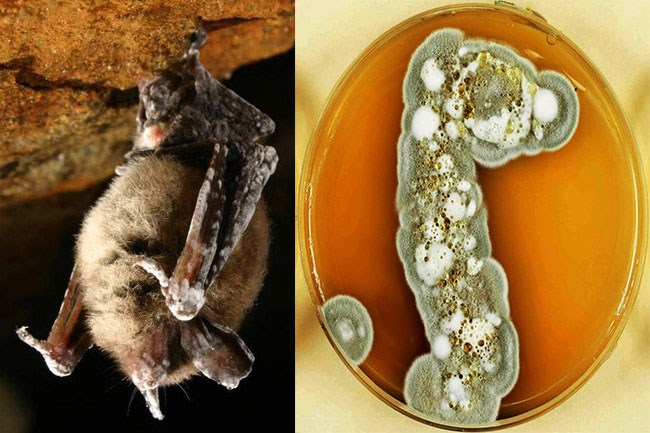Only 150 kilometres south of the B.C.-U.S. border, White Nose Syndrome has been confirmed.
In eastern North America, the fungal disease has killed millions of bats. WNS has an almost 100 per cent mortality rate for some bat species, and the BC Community Bat Program is concerned how the appearance of WNS on the west coast could decimate B.C. bat populations.
Researchers believe bats hibernate in Squamish, and are asking people to watch for odd behaviour.
“We are encouraging the public to report any winter bat roosts, dead bats or any sightings of winter bat activity to the Community Bat Project. Bat carcasses will be submitted for testing for White Nose Syndrome and would provide the earliest indication of the presence of the disease in B.C.,” Mandy Kellner of BC Community Bat Program said in a press release.
Symptoms to watch for in bats including flying in the winter (when they should be hibernating), and seeing dead bats outside before May 31. The Community Bat Programs asks people to contact them as soon as they find a bat, pick it up with gloves, wrap it in paper towel, and place it in a Ziploc bag to freeze it until it can be sent for testing. The program warns to never touch a bat with bare hands.
“We believe that our bats hibernate in relatively small groups across the province,” Kellner said. “Detecting WNS in our province will require many eyes on the ground.”
While WNS cannot be transmitted to humans, the collection of data on B.C. bat activity can help track and monitor the fungal disease.
BC Community Bat Program can be contacted at bcbats.ca, [email protected]or 1-855-922-2287 ext. 11.




